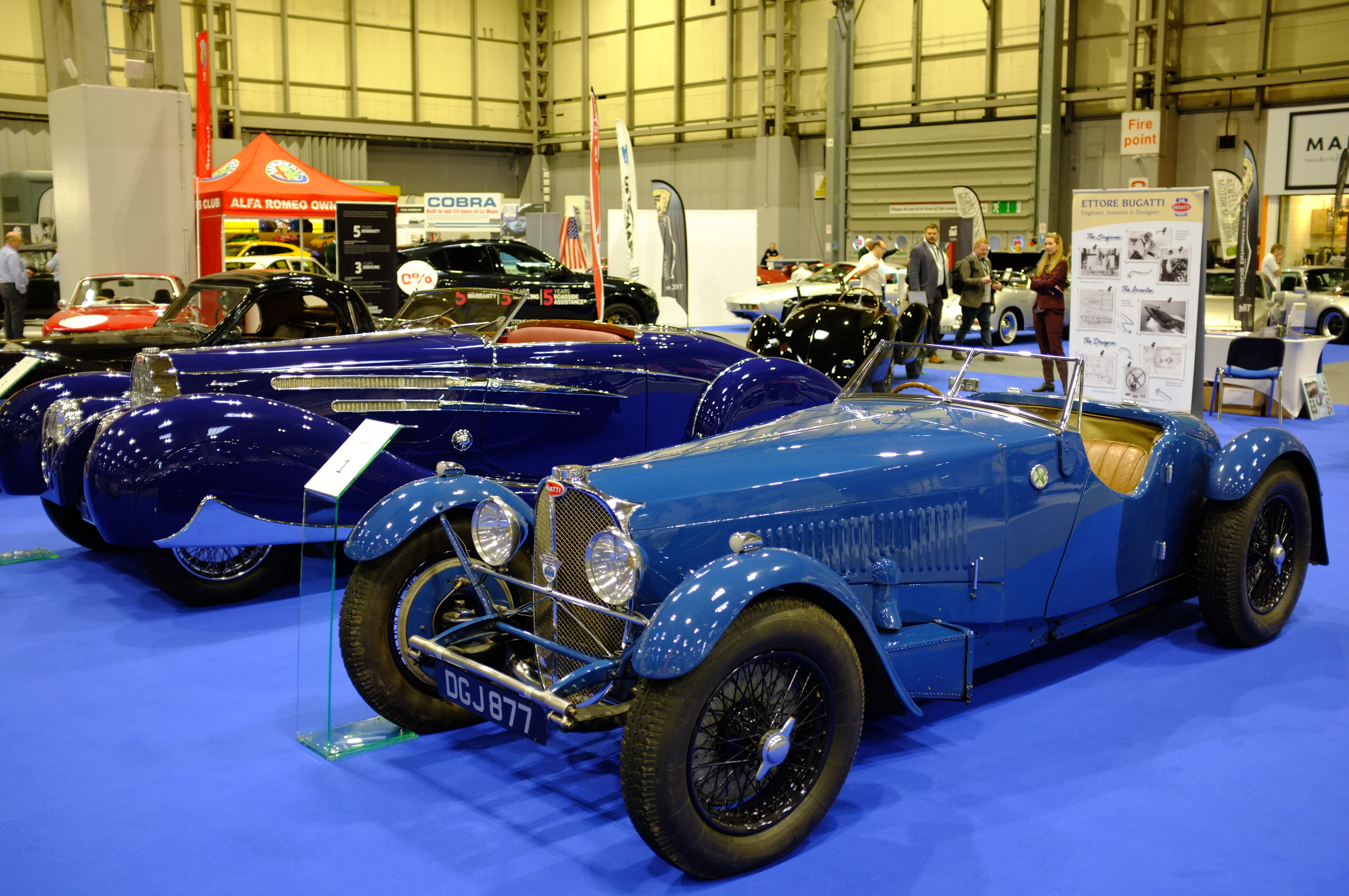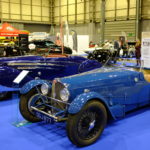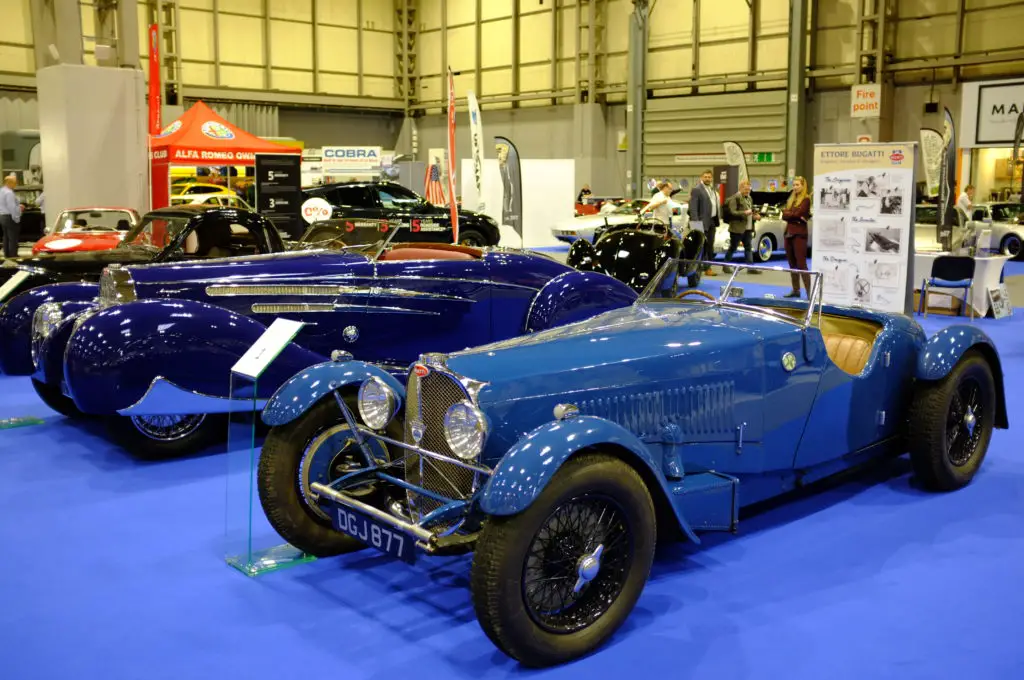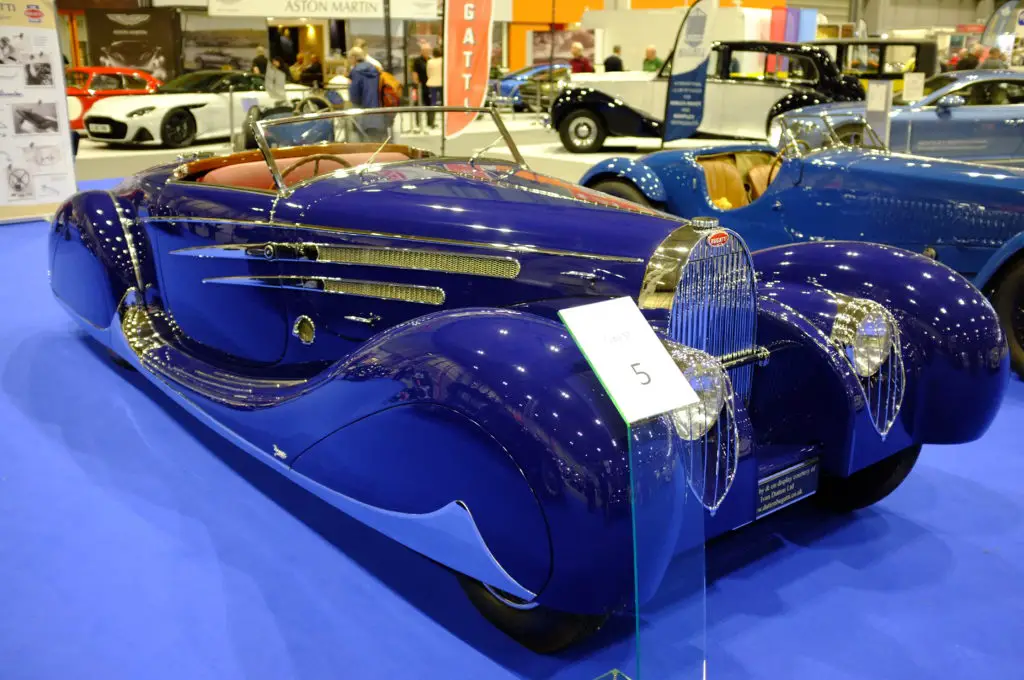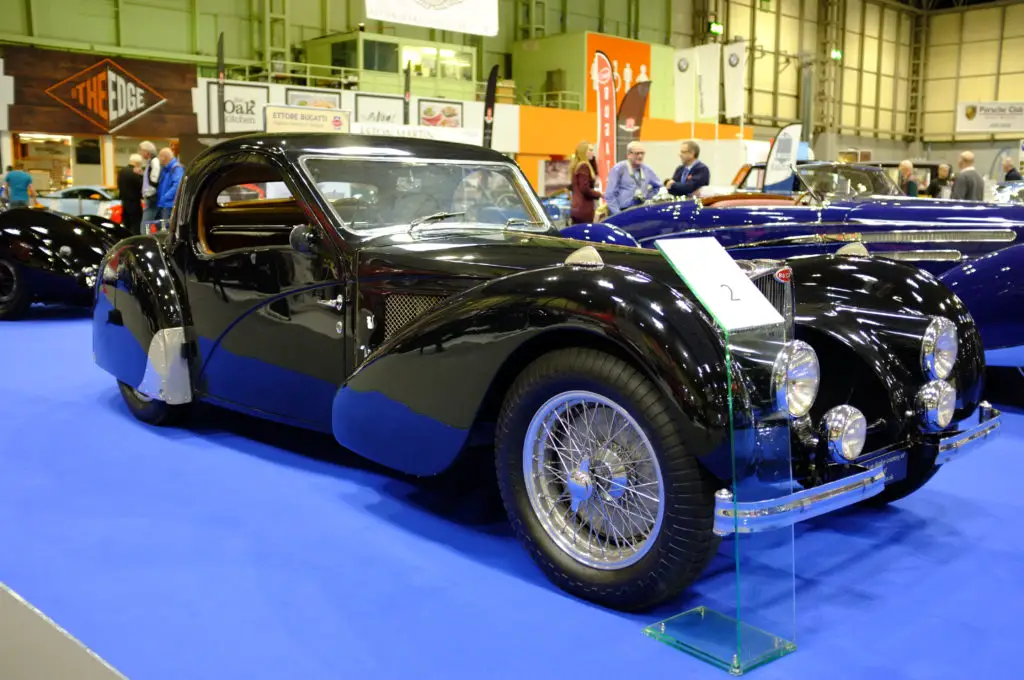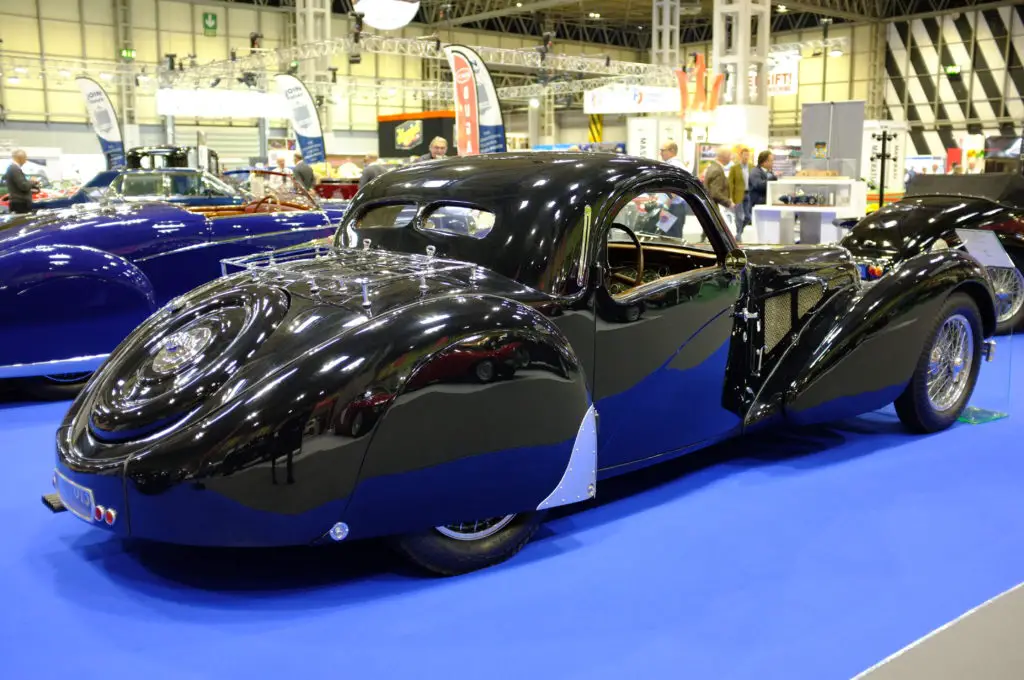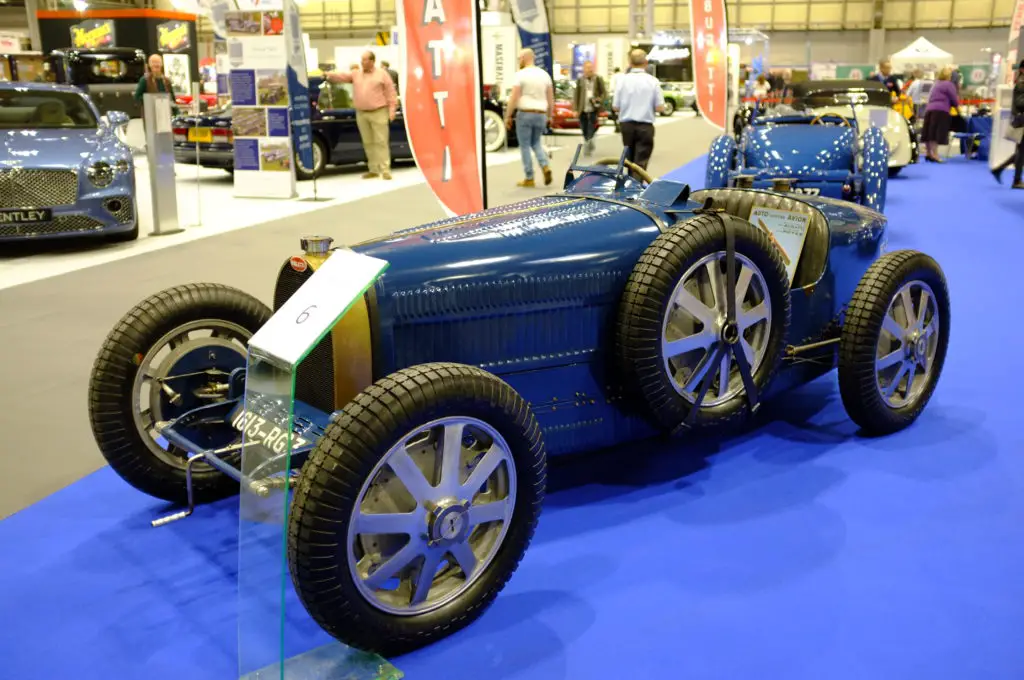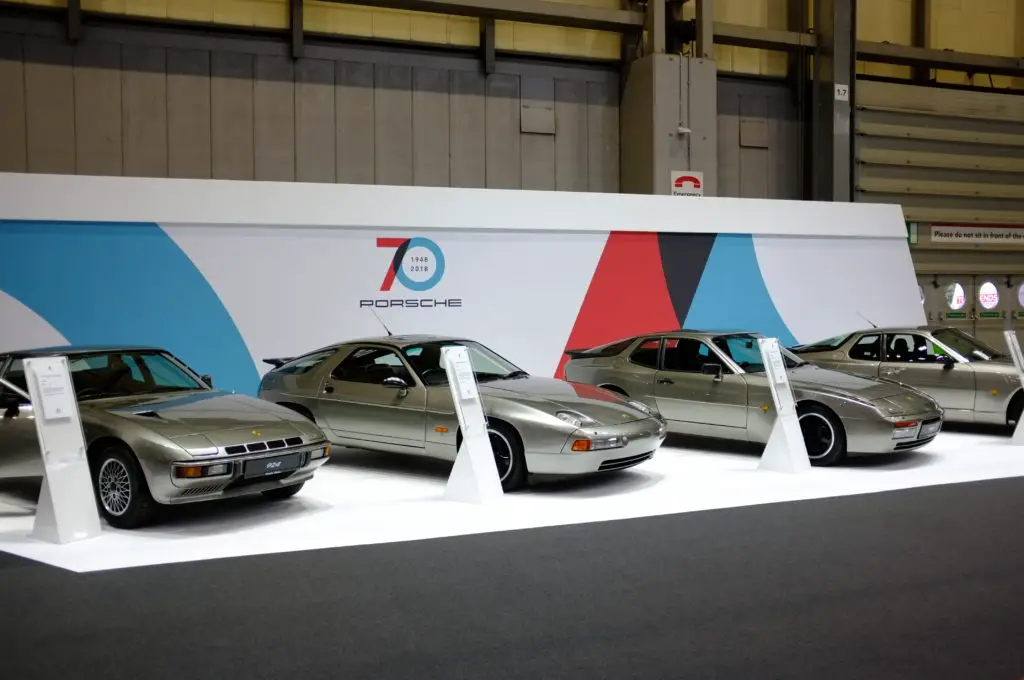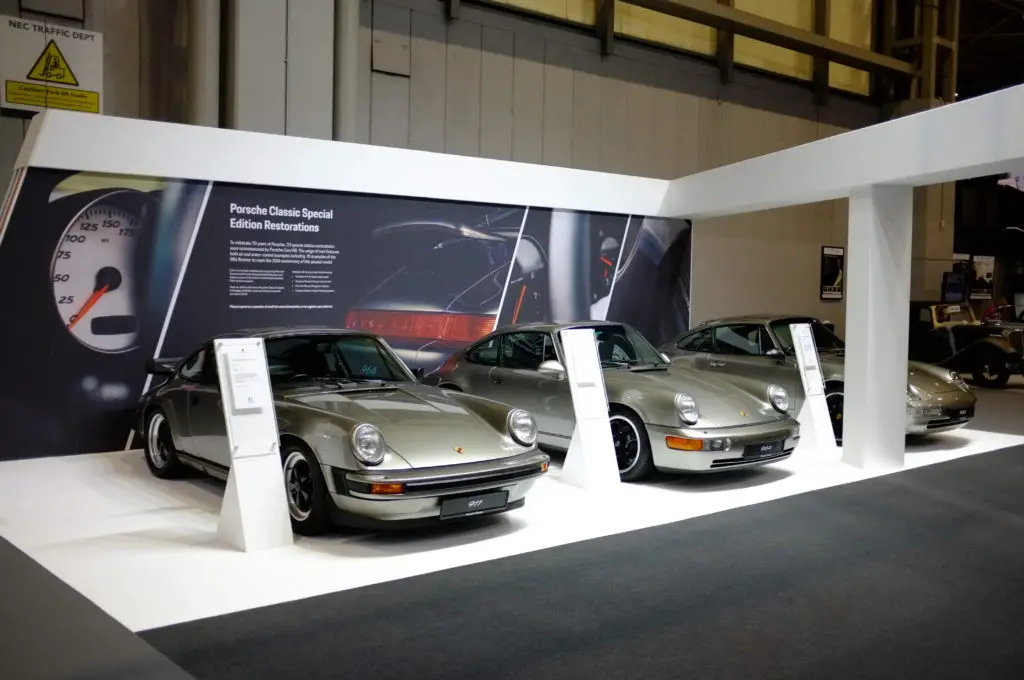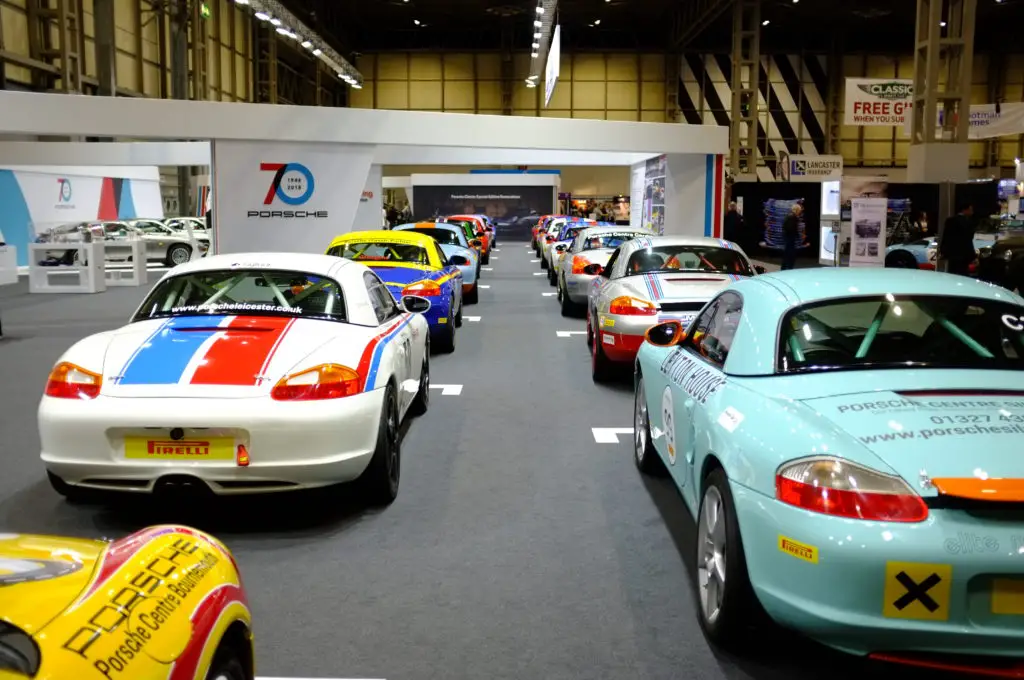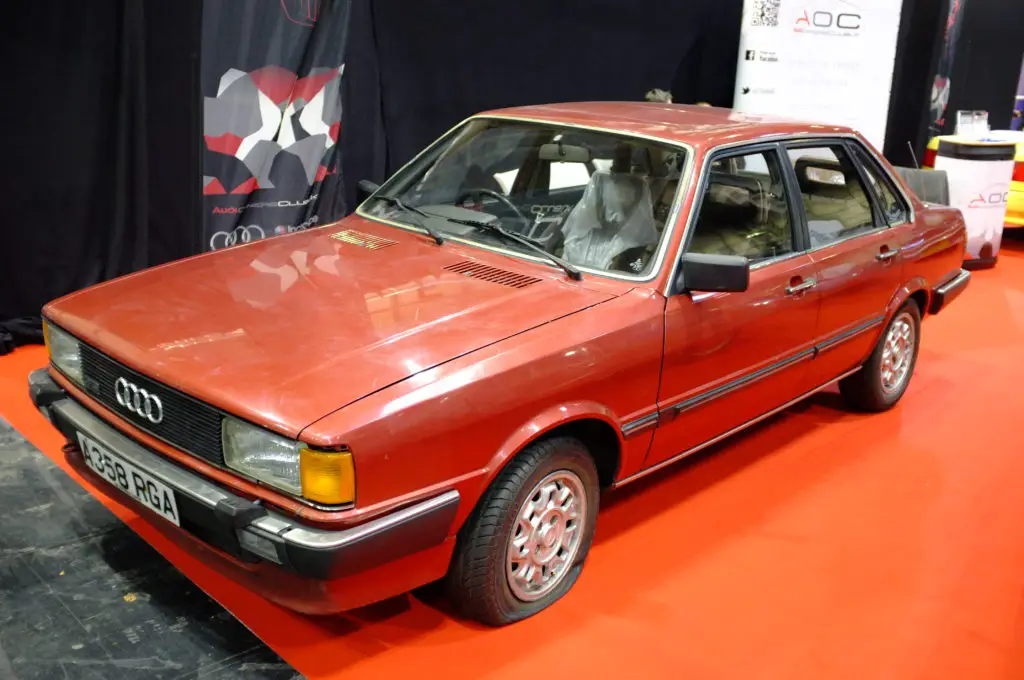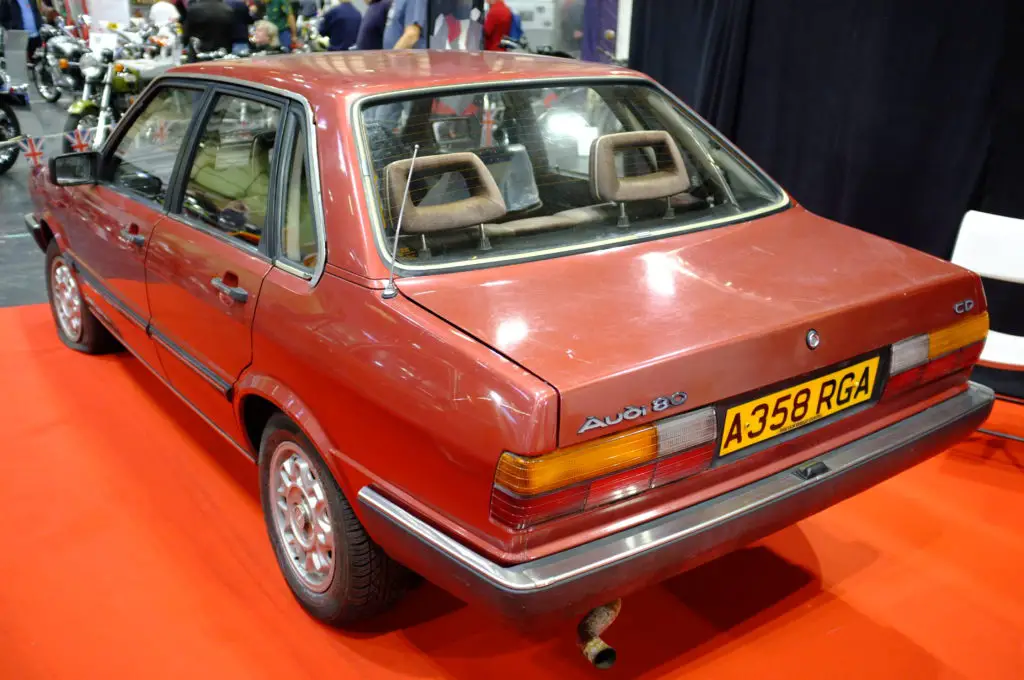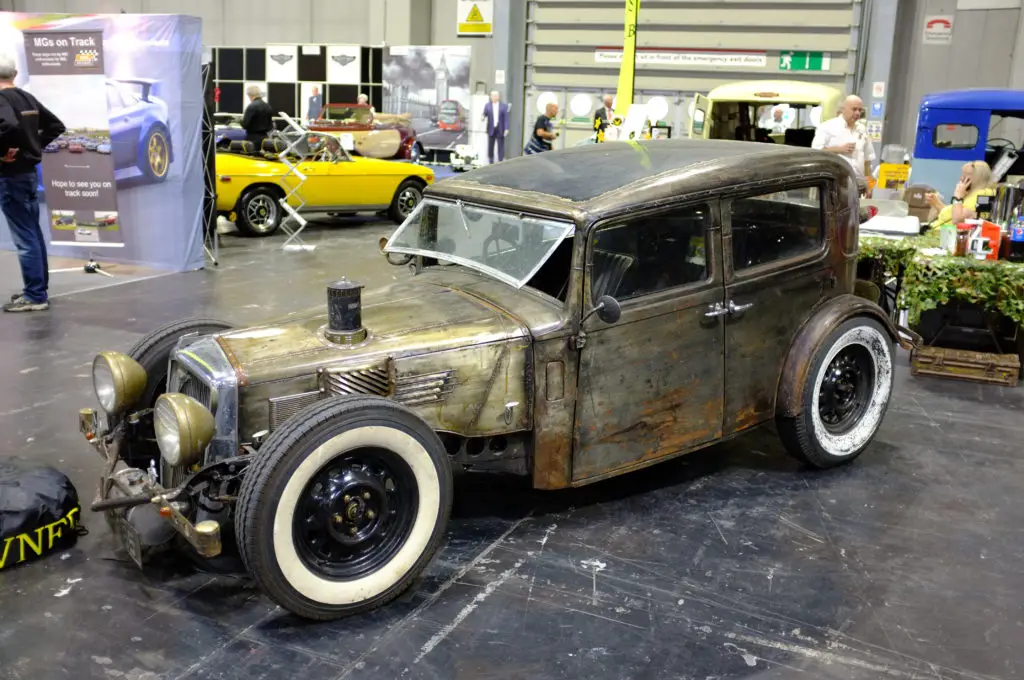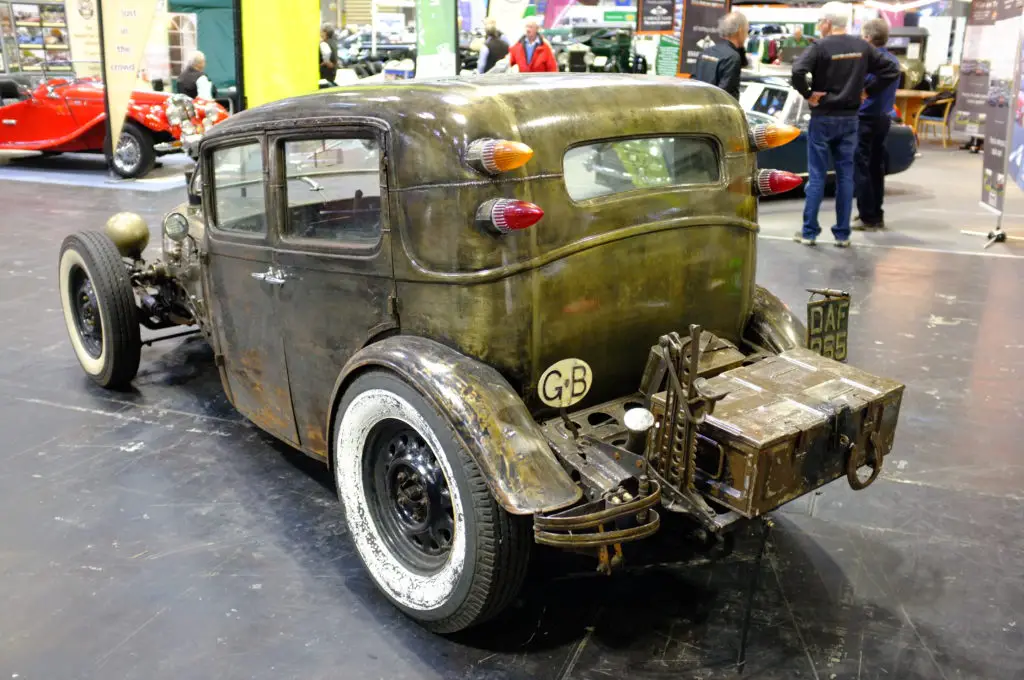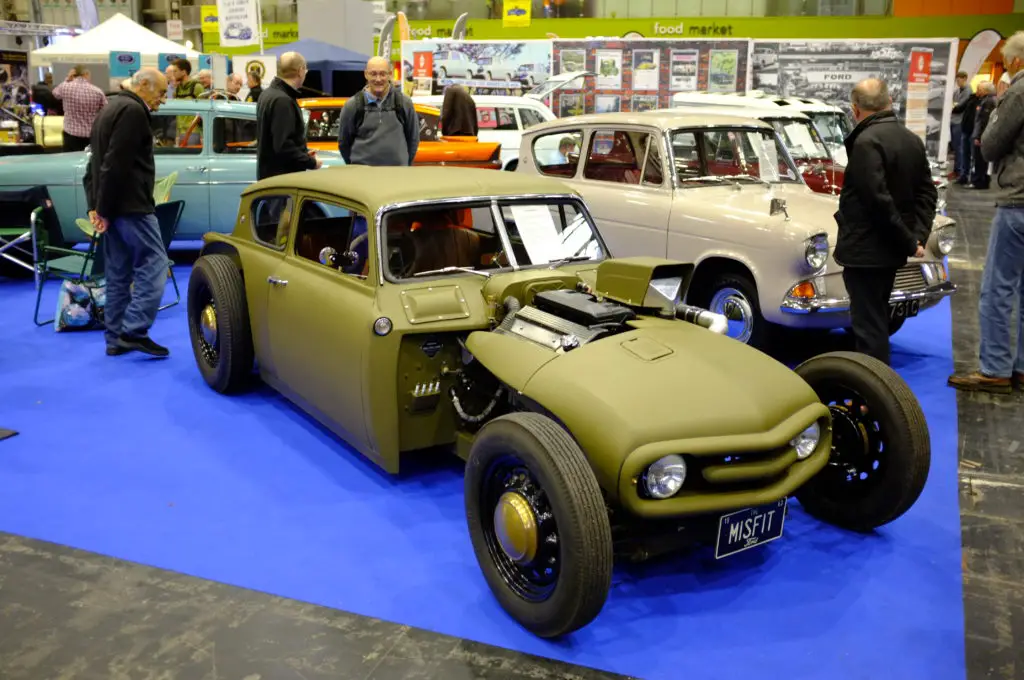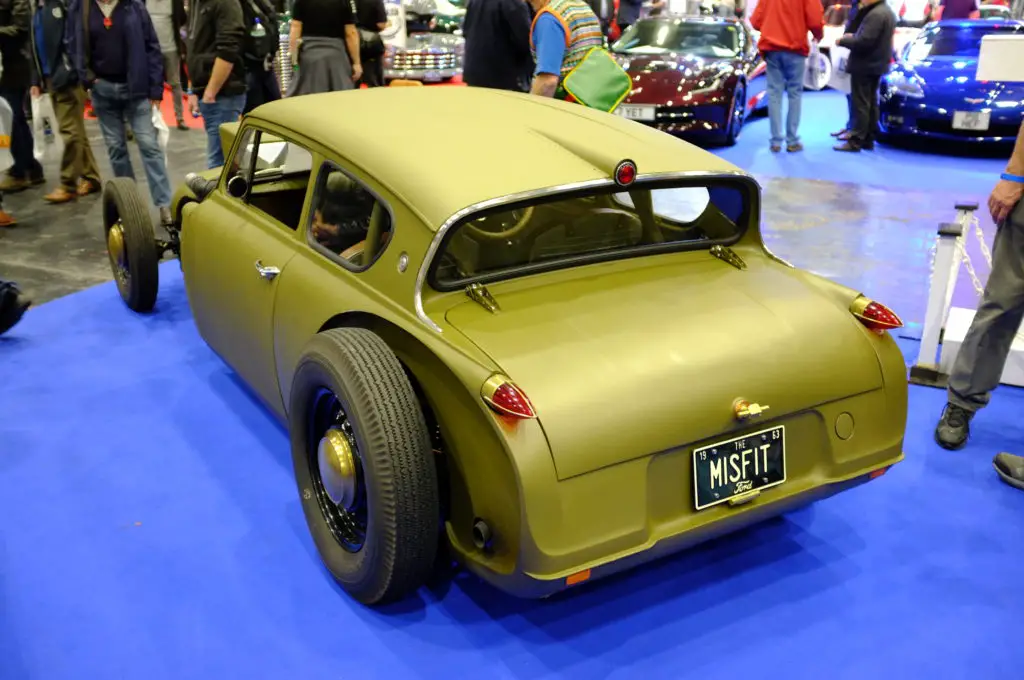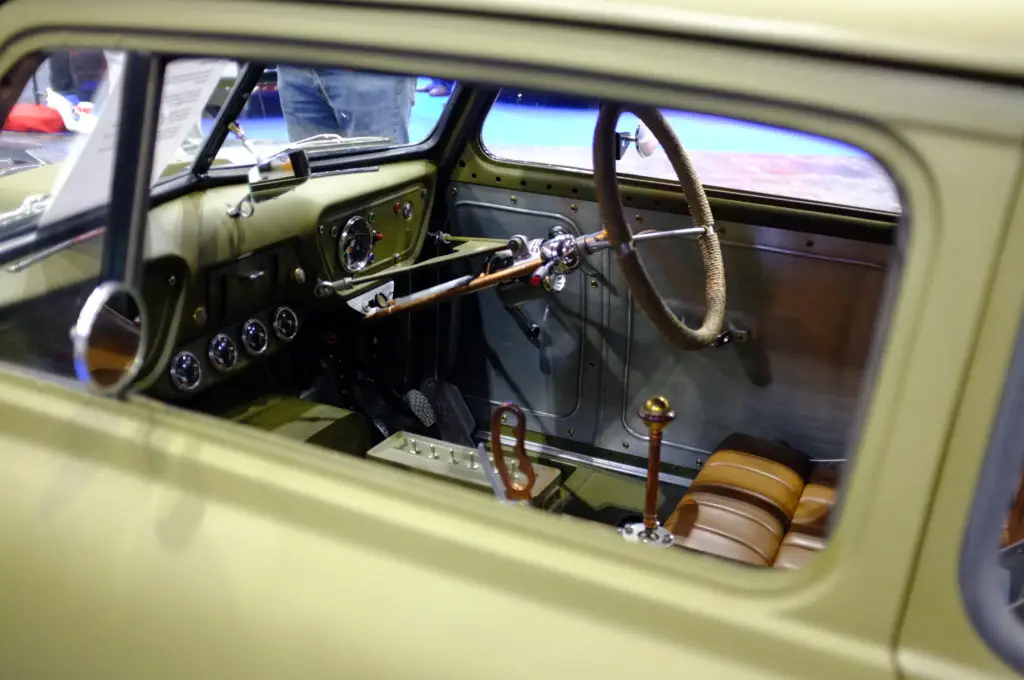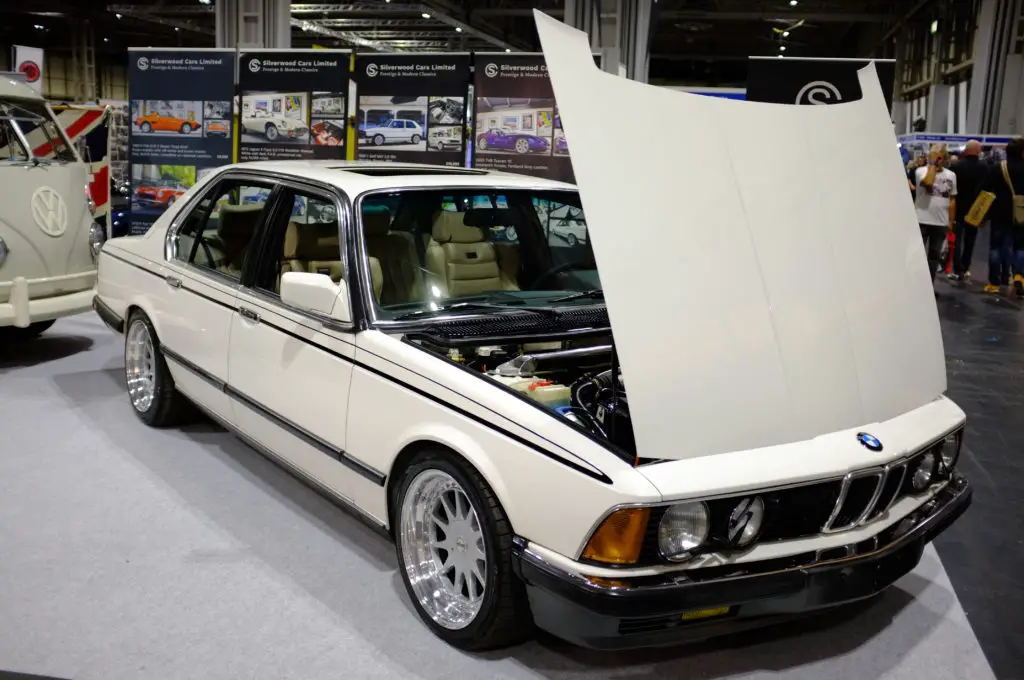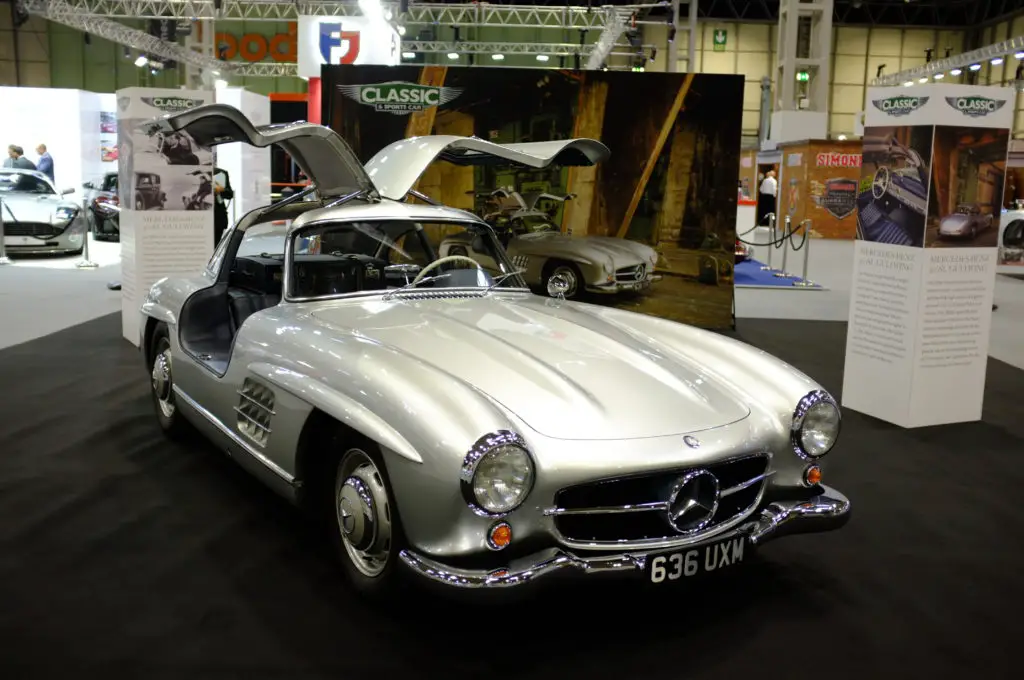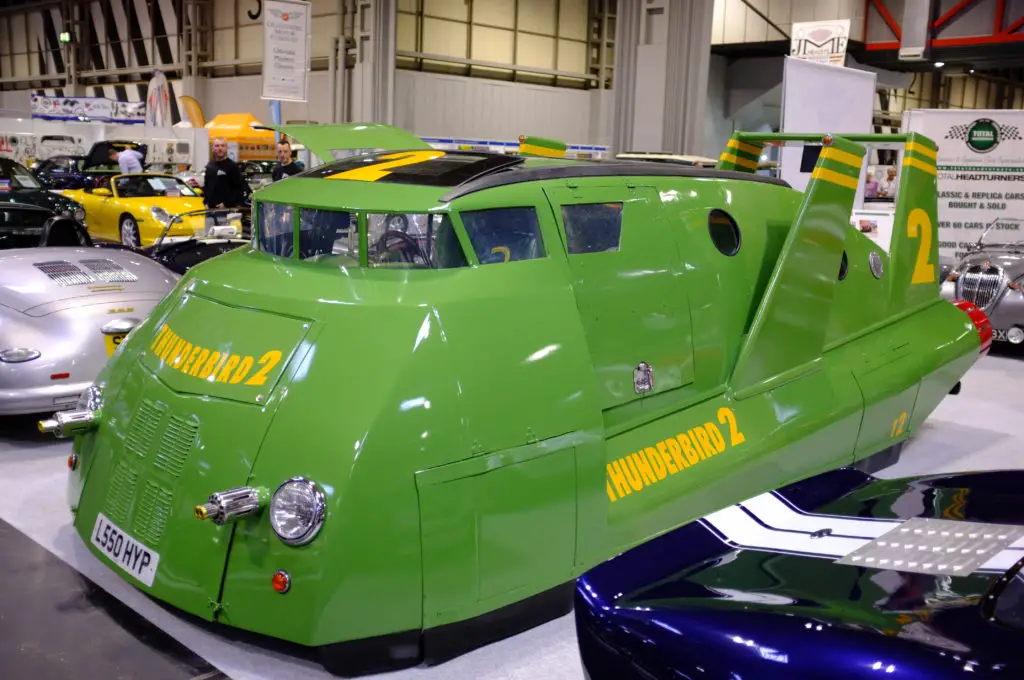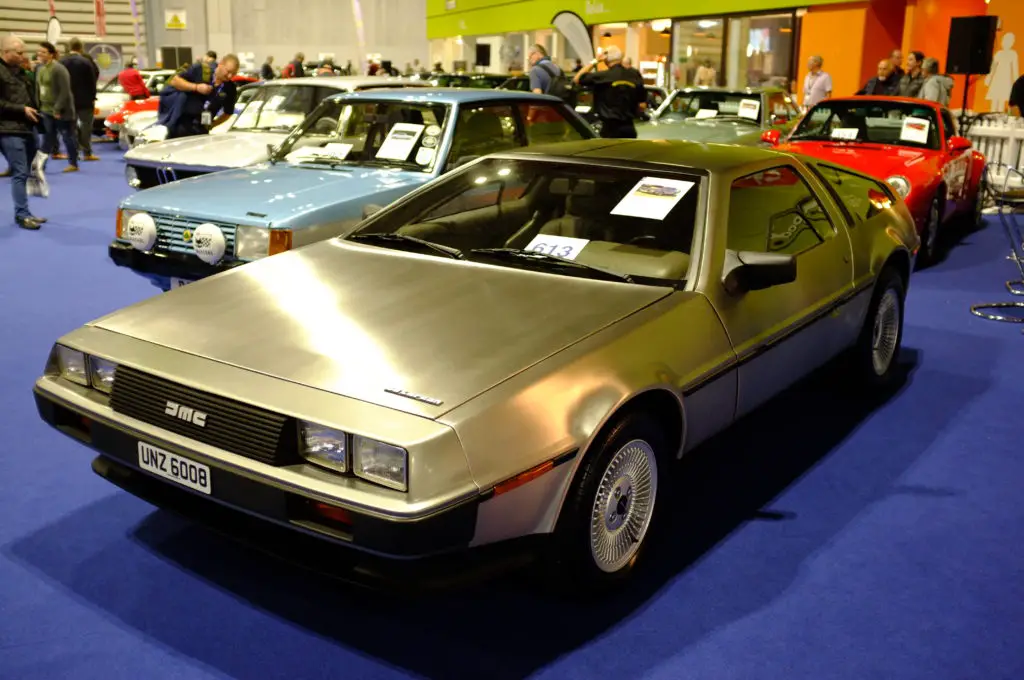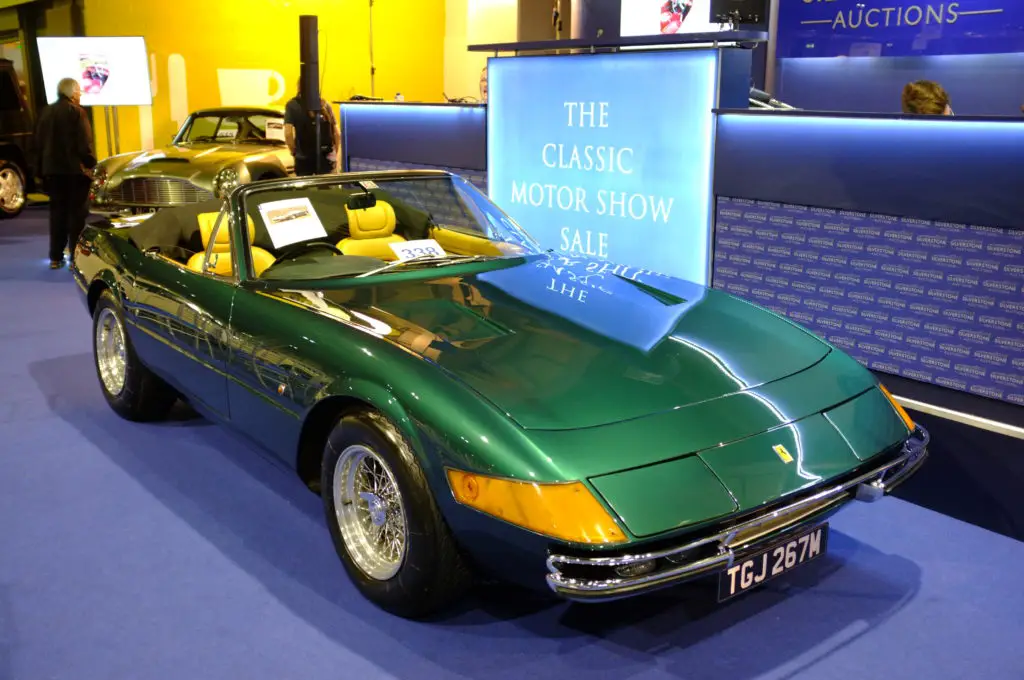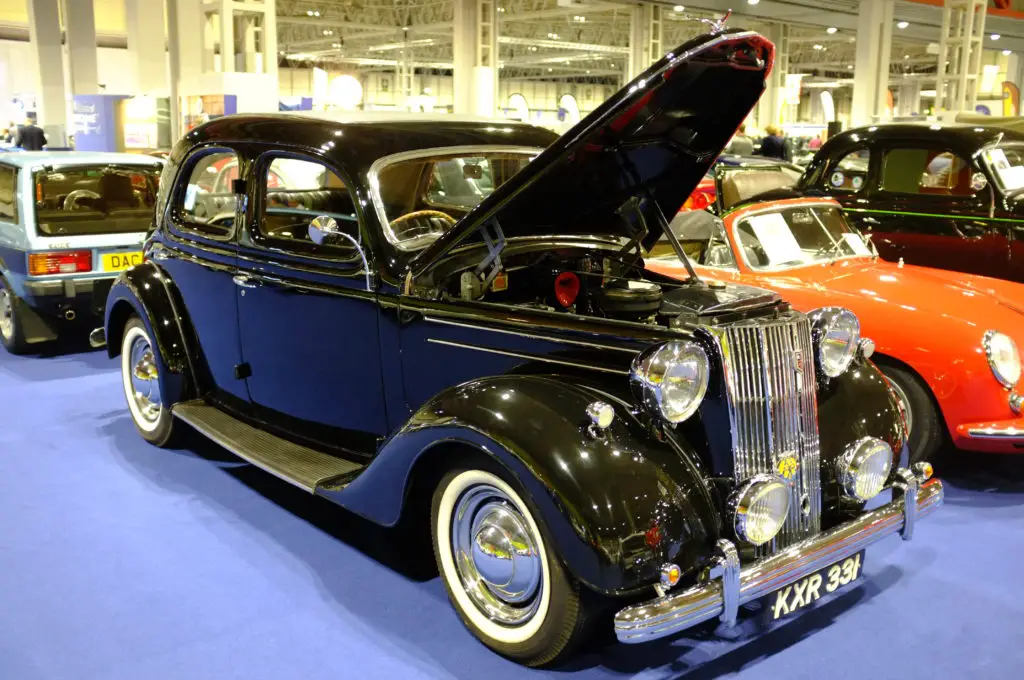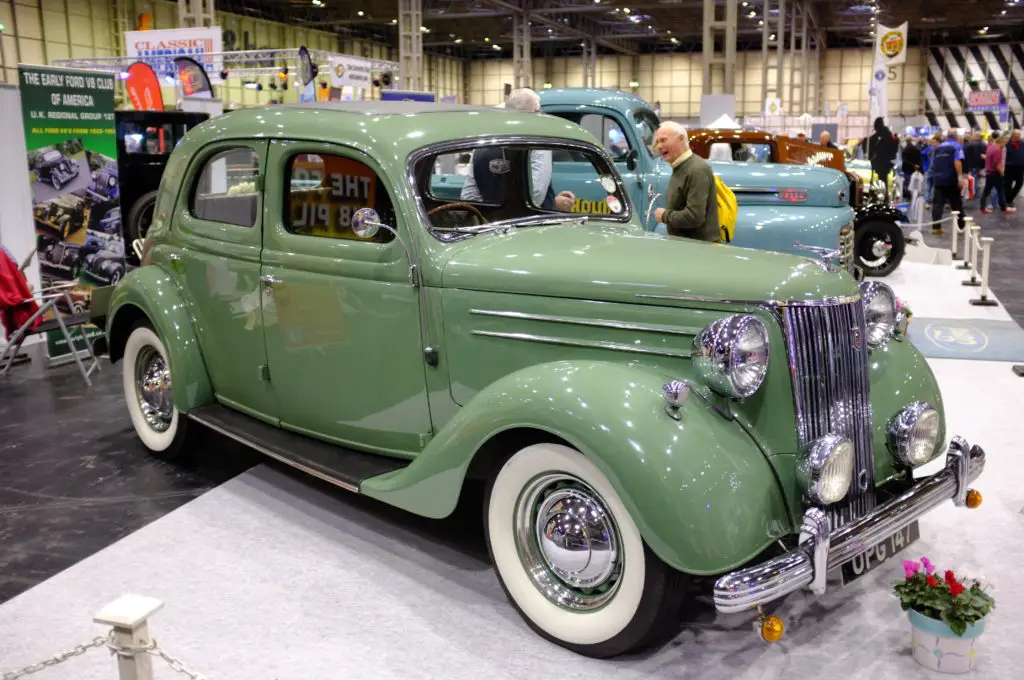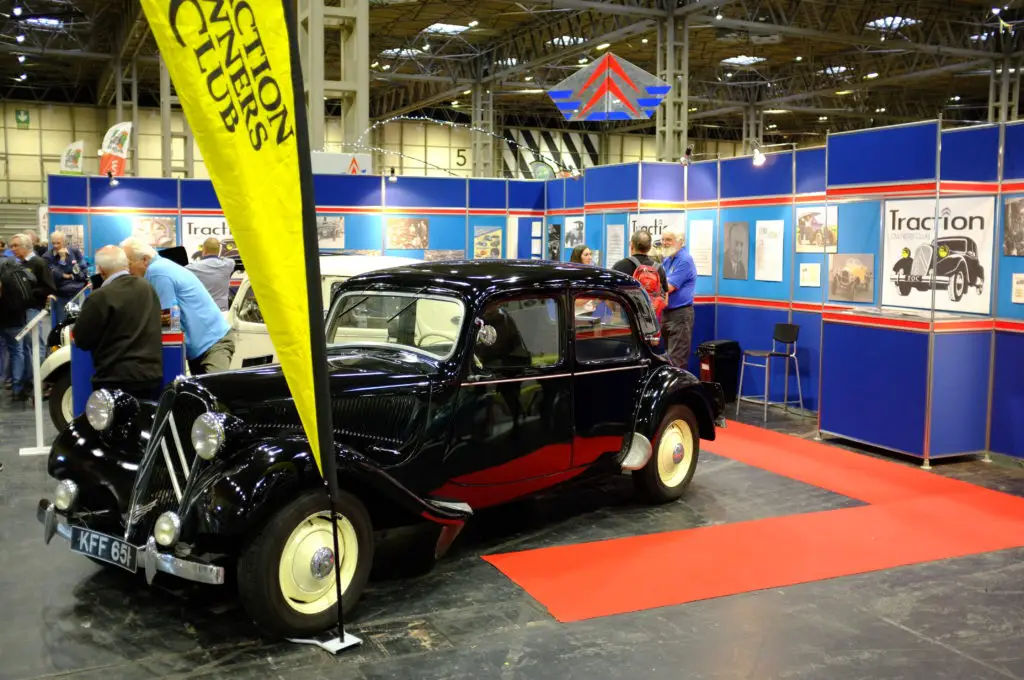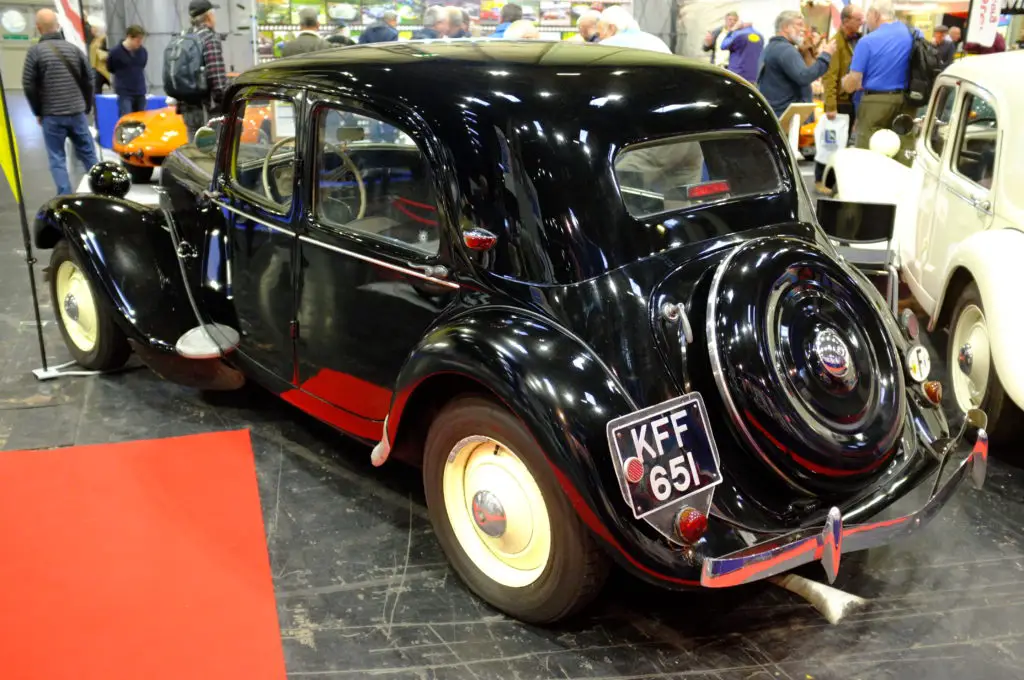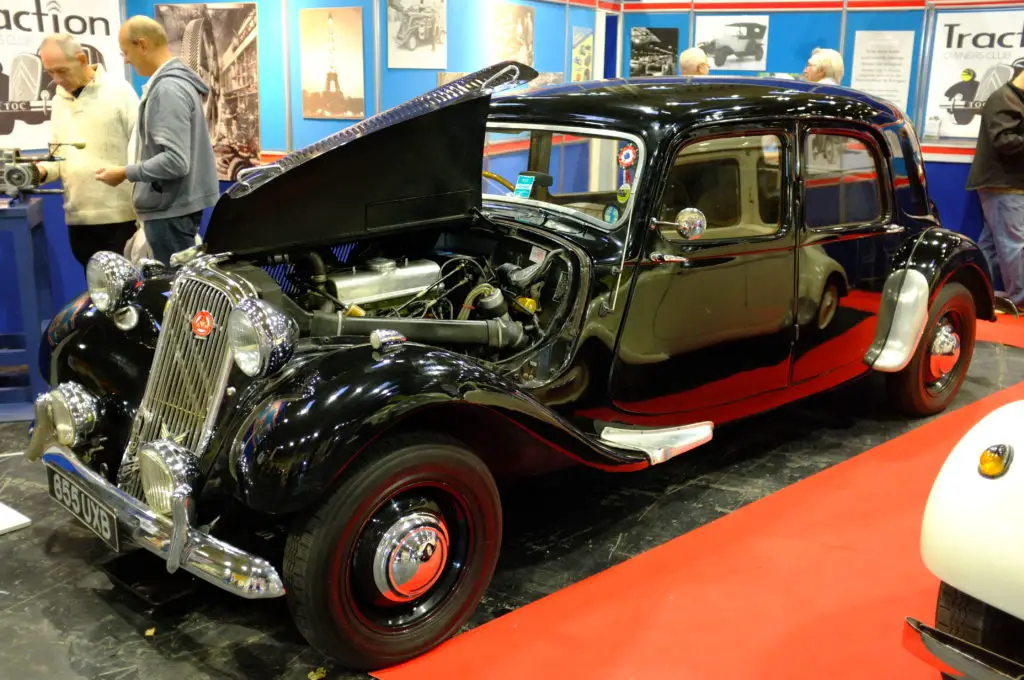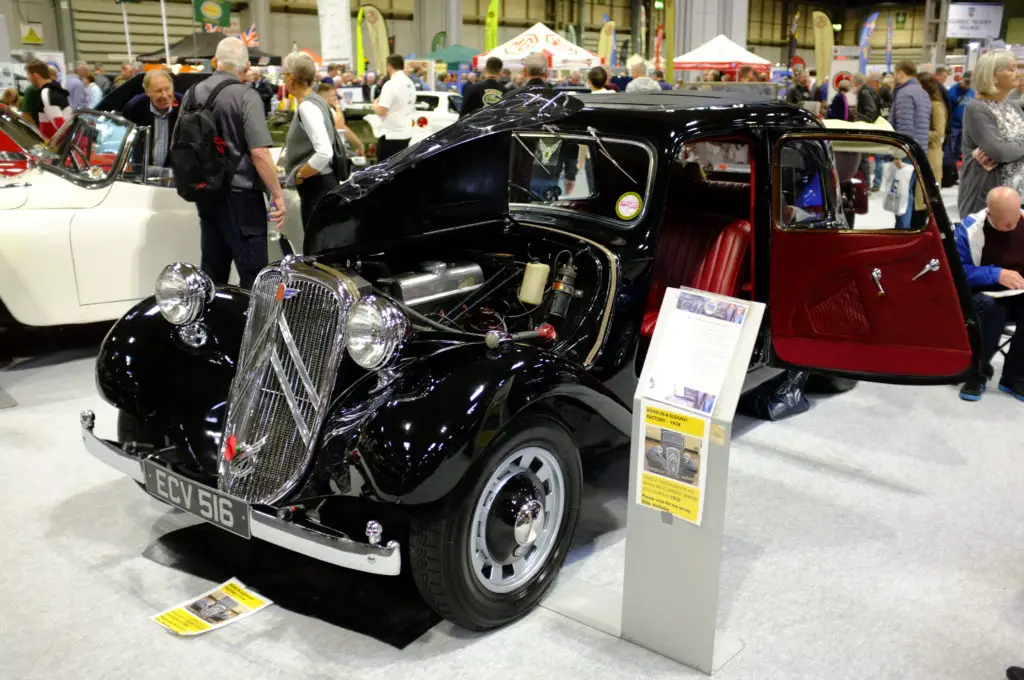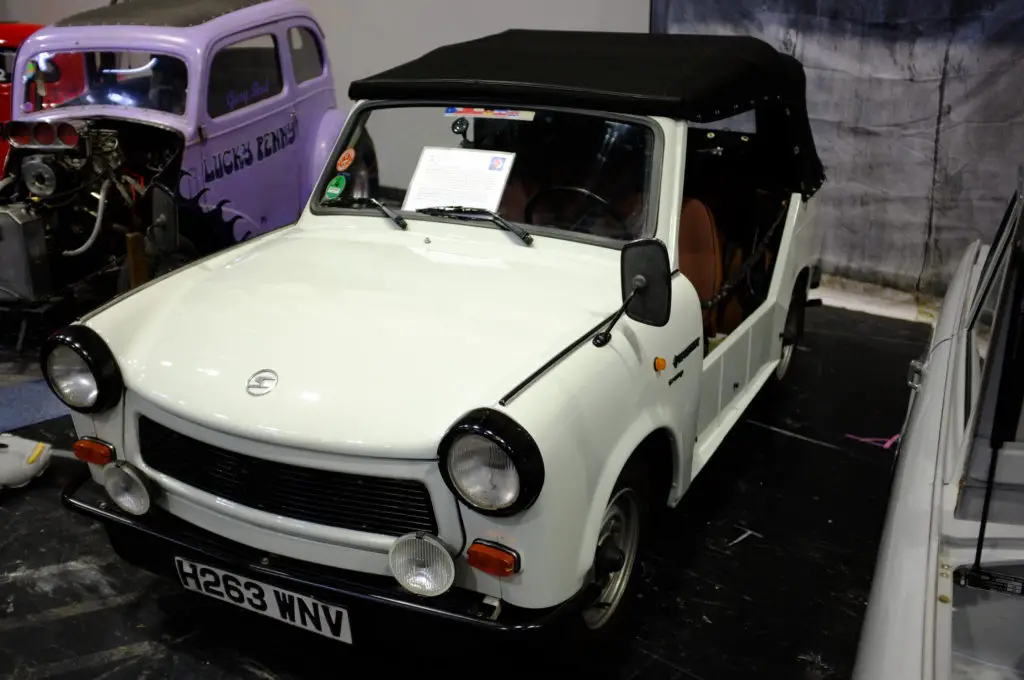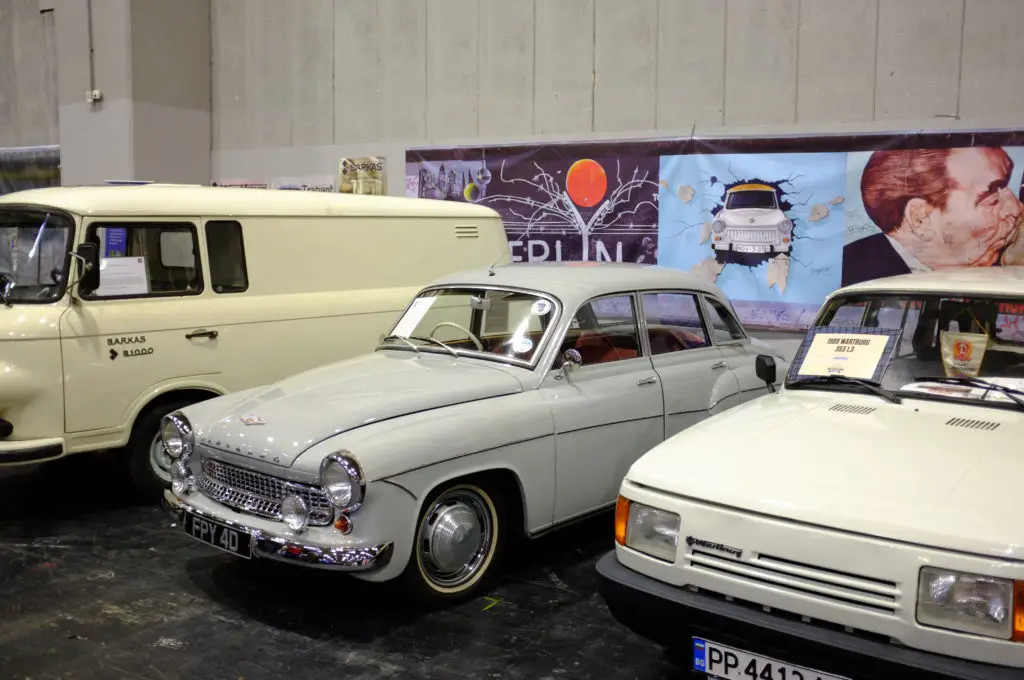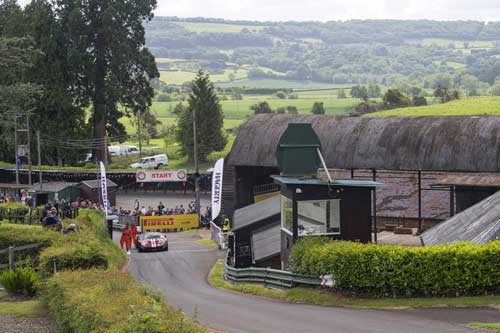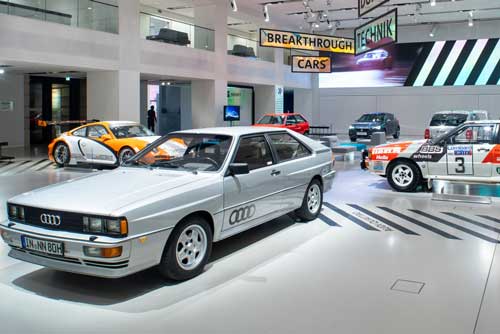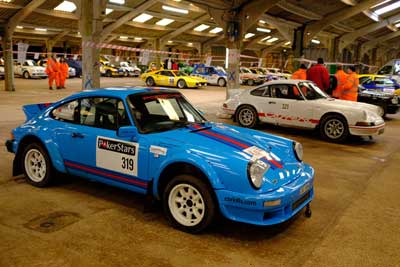The 2018 Lancaster Classic Motor Show at the NEC, Birmingham, in November is when the biggest of all the UK Classic shows takes place. Big however doesn’t do it justice. It’s on for three days and to cover it properly I would need all of them. This year was pretty impressive with a typically diverse range thanks to many of the clubs and their members who display their vehicles.
Picking your entry point to the show can lead you to some very different areas, the autojumble is great with all the trade stands and the club areas and the live stage too. But, with the Press being guided into the main entrance I had to start there and I was pretty glad I did as I came across the Bugatti Trust and Bugatti owners club stand.
Described as a celebration of Type 57 Bugattis I was faced with some seriously stunning machines, the sort that Retromobile attracts.
The Type 57 was the last of the successful touring cars from Bugatti being introduced in 1934 and lasted until 1963 with it’s sale to Hispano Suiza, but in reality it was 1947 with the death of founder Ettore.
There’s a few of them remaining around the world, considering the small volumes they were made in, thanks to the very strong following and support for the marque.
The picture above has the Type 57S chassis, which has been regularly competed in by owner Ronnie Symondson until he sold it in 1983. Some two thousand runs up the hill at Prescott have been managed in the car amongst other competitive drives.
The car that initially caught my attention was the Shah of Iran Type 57. This stunning car is a replica based on the original, which was originally built by Vanrooven and is on display in the Petersen Museum in California. This example was simply stunning, current day luxury car makers can’t seem to match elegance like this.
The Atlante is probably the one I’d want to own, it’s stunning yet has a usable quality to it, being narrower and shorter than its neighbour. Ettore’s son jean created this model in 1934 and the car in the pictures is one of only three sold in the UK, so little chance of getting one then.
The Type 51 Grand Prix car might be the one most familiar to you, even though only forty one were built. It’s the iconic Bugatti race car shape, this one being built to Type 51A 1500cc, specification for it’s original French owner and amateur Grand Prix driver, Anne-Cecile Itier.
Moving to Porsche in the same hall I found a fantastic display to coincide with their 70th anniversary celebrations. The front mounted collection was rather nice, all being in a gunmetal silver colour. I rather like the 924 Turbo on the left.
This extended to a collection of 911s too, all in the same colour.
Taking up even more space was the superb grid of Boxster race cars, with the replica start line and gantry, not something I’d seen done before to this scale.
A walk through the club stands found me stopped at the Audi Owners Club and a rather nice B2 Audi 80 Sport. Built to commemorate Audi winning the World Rally Championship they built a lighter version of the more ordinary 80 saloon. They even modified the rear suspension mounts to reduce the car’s ride height rather than just fit shorter springs. The result was 985kg and a decent handling car, which was better than the Golf GTI which it donated it’s engine to. And my dad had one when new, in white with the Audi Sport Graphics.
He also had one of these, an 80CD, but in gunmetal grey metallic and manual, unlike this automatic one. Fitted with Audi’s 1921cc 5 cylinder engine it made a noise just like the Quattro rally cars on the TV to a very small boy this is probably the car that got me hooked. Finding good examples of either of these is hard work, so it was nice to see both together on the same stand.
Now I’m not normally in favour of cutting up classics but this is a bit different. Found on the Wolsley stand it started out life as a 1930s 12/48 and featured a Ford engine of some description. now normally I don’t approve, but this was a seriously rotten car saved from being recycled. So it’s rather good then, seein as there wasn’t so much of it left to start with I’m really impressed.
If you thought that was extreme, the next one is probably just as much, beleive it or not there is a Ford Anglia under there.
Ok, it’s stunning and beautifully done, I love the bullet style rear lights. Another terminally rotten car saved, in an unusual way, complete with supercharged BMW E30 engine. If you’ve not got much to start with you’ll end up with a minimalist car after, I think I want one.
Continuing with BMW I came across this European spec 745i Turbo built for North America on the Silverwood Cars stand. This largely original car had the unusual Scheel Mann optional interior fitted when new and was quite stunning.
Classic and Sportscar had this wonderful 300SL Gullwing Mercedes complete with article photograph background. Of course, it’s worth at least £1,000,000.
Now something that may not be worth a million, but priceless in many ways was this Toyota Previa Thunderbird 2 replica. It has to be infinitely more interesting than the vehicle it is based on, and probably no less practical. Imagine going to the supermarket to do the shopping in it. A lot of work went into making this and rather like it.
The extent of the show is something else, there is simply too much to cover, you really do need all the days to do it justice. With all the clubs putting stunning collections of vehicles together it’s very easy to spend all of your time just in one area. However, if you ventured onto the Silverstone auctions stand there were some very nice things to see.
First up you could ave bought a DeLorean, this is a seriously cool car.
Or equally as cool, but for more money you could drive this beautiful Aston Martin DB6 Superleggera, light weight body. It’s got the right looks and colours to enable anyone to live out Bond fantasies for a fraction of the cost of a DB5. No one will notice.
This Ferrari was in pride of place in front of the auction stand, for good reason, just look how stunning it looks in that shade of green. It was a 1973 365 GTB/4 coupe, later converted to a spider. Seeing as there were on;y 122 originally produced they are worth considerably more that the fixed head cars, and there is something really nice about them. I like both closed and open cars, but I have to say, this one in this colour does it for me.
One car I’ve always rather likes, but will probably never get to own is a Ford V8 Pilot. I love the style of this mid sized car, obvious styling cues from across the pond, but also their fitment of V8 engines. The initially small 2.2 litre flathead being somewhat underpowered, being replaced by a more suitable 3.6, cast from ford USA’s Model 78 engine.
Made from 1947 until 1951, the model had a short life, but it was a mixture of up to date and pre-war thinking, customers would have been expecting more by the time the model was replaced by the Zephyr, but I simply love the overall style. The UK exported them in semi kit form to Australia, where they even did a coupe version. I’ve never seen one of those.
The auction car was up for £10 -15K, which seems pretty decent to me, it was really quite lovely. But, it’s the green colour I associate with these and it didn’t take long to find one out in the halls.
I could help but spend time looking at the Traction Avants, I joined the owners club, even though I don’t own one.
France doing something a little different to the UK at a similar time to the V8 Pilot. I’ve always loved these things, a basic black Paris built one is enough for me, there’s a good amount still running and they have great club support. Why haven’t I bought one…
On the pride of ownership was a stunning 7CV, which is the earlier car with a 1.5 Litre engine producing 46 bhp. Introduced in 1934 the 7a had about 36bhp from it’s 1.3, but the car continued to develop into the more common 11CV which I found earlier. Big and small bodies, a variety of commercial and people carriers too. The earlier car is really quite attractive and this one was in superb condition, just look at the black on red colour combination. It was even driven to the show from Ireland.
It’s a shame that the Traction development costs bankrupted André Citroën as the car was a huge success. Thankfully Citroën carried on its development of innovative vehicles under the owner Michelin.
I’m going to finish with another club I’m a member of, the Wartburg Trabant IFA Club. At least I own a qualifying car… The Tramp being a somewhat cut down version. It’s not like the Trabant needs to save weight, being only 600kg to start with.
The Wartburg 311 in the middle is a really pretty car, powered by the 3 cylinder two stroke engine that can be found in Barkas vans for example and occasionally a Trabant. One conversion was on the stand, it was so popular I couldn’t get a decent picture of it!
Simon
